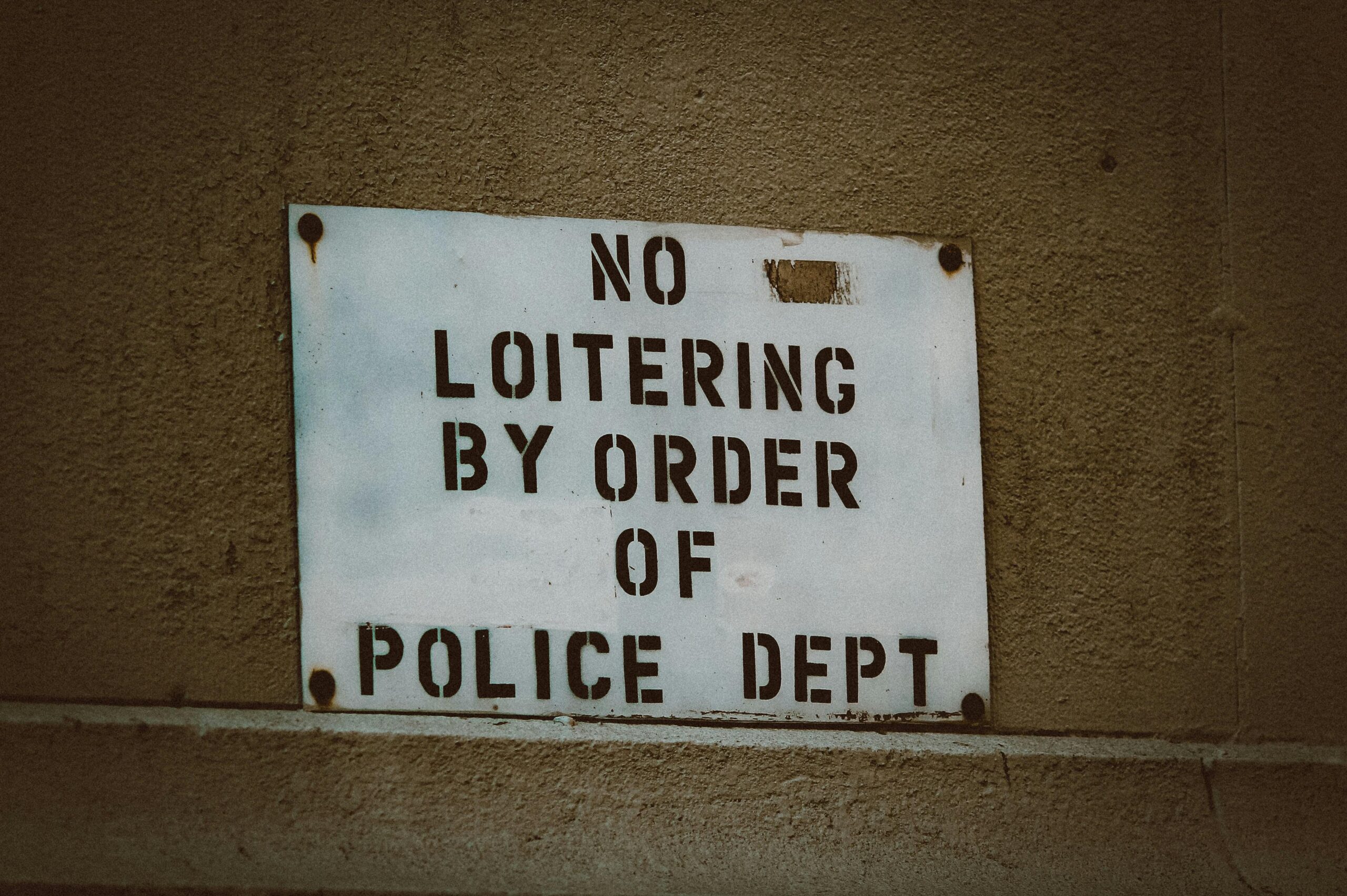What really drives people to commit crimes? It’s a question that has puzzled society for centuries, sparking debates among psychologists, criminologists, and everyday folks alike. Is it the circumstances that push someone over the edge, or something deeper hidden within their minds? In this blog, we’ll dive into the complex world of criminal motives, unpacking the diverse reasons behind why people cross the line. From desperation and greed to psychological struggles and social pressures, join me as we explore the surprising—and sometimes unsettling—forces that lead individuals down the path of crime.
Table of Contents
- Understanding Psychological Triggers Behind Criminal Behavior
- The Role of Socioeconomic Factors in Shaping Criminal Motives
- How Cultural and Environmental Influences Fuel Crime
- Practical Strategies for Addressing Root Causes and Preventing Offenses
- In Conclusion
Understanding Psychological Triggers Behind Criminal Behavior
When delving into the mind of a person who commits a crime, it’s clear that behavior is rarely spontaneous or purely opportunistic. Instead, there are often deep-seated psychological triggers at play, acting like switches that pivot a person’s decisions. From unresolved childhood traumas to feelings of social alienation, these internal forces subtly shape how individuals perceive threats, justice, and their own place in society. For example, someone growing up in a violent environment may develop skewed ideas about acceptable conflict resolution, while chronic feelings of inadequacy or rejection can fuel resentment that later manifests as criminal acts.
Some of the most influential psychological triggers include:
- Impulse control deficits: Difficulty in regulating emotions often leads to rash decisions.
- Cognitive distortions: Misinterpretation of social cues or a victim mentality may justify harmful behaviors.
- Environmental stressors: Chronic stress or economic hardship can push individuals toward risky choices.
- Attachment issues: Lack of secure relationships fosters feelings of mistrust and hostility.
Recognizing these triggers helps us move beyond simple blame, opening pathways toward preventive and rehabilitative strategies that address root causes, rather than symptoms alone.
The Role of Socioeconomic Factors in Shaping Criminal Motives
When we peel back the layers of why someone might turn to crime, economic hardship often stands out as a critical driver. Poverty, lack of access to quality education, and unemployment don’t just create desperate circumstances—they cultivate environments where illegal activities sometimes appear as the only viable options. These factors don’t operate in isolation; they intertwine with community dynamics and personal struggles, creating a fertile ground for motives fueled by survival instincts rather than pure malice or thrill-seeking.
Moreover, the ripple effects of socioeconomic disparities extend beyond immediate need. Consider how limited social mobility and systemic inequality can breed frustration and resentment. Within this context, motives can include:
- Seeking financial gain as a shortcut to an otherwise unreachable standard of living
- Rebellion against perceived social injustice or marginalization
- Peer influence in economically depressed neighborhoods where crime is normalized
Understanding this complex web challenges us to view crime not just as individual failings but as a reflection of broader societal imbalances.
How Cultural and Environmental Influences Fuel Crime
Crime often blossoms in the fertile ground of culture and environment, where social norms and surroundings intermingle to shape behavior. Communities steeped in systemic poverty or marginalized by social injustices frequently nurture feelings of disenfranchisement. These conditions create a backdrop where crime can seem less about personal choice and more a response to the pressures of survival and exclusion. Within such contexts, values and expectations can diverge widely from mainstream society, sometimes glorifying rebellion or defiance as a means of asserting identity and reclaiming control.
Moreover, the role of environmental factors extends beyond socioeconomics to include elements like neighborhood design, access to resources, and social cohesion. Areas plagued by neglect and limited opportunity often experience higher crime rates, fueled by a lack of positive outlets and community support. Some of the crucial influences at play include:
- Normalization of violence: When communities are accustomed to conflict, violent behaviors may become an accepted way to resolve disputes.
- Role models and peer pressure: Individuals surrounded by peers engaged in illicit activities may adopt similar behaviors to gain acceptance or status.
- Environmental stressors: Overcrowding, poor housing conditions, and frequent exposure to crime can increase psychological strain, lowering inhibitions.
Practical Strategies for Addressing Root Causes and Preventing Offenses
Addressing the deep-seated causes of criminal behavior requires a multifaceted approach, one that digs beneath the surface of quick judgments and punitive measures. Communities and policymakers can collaborate to create supportive environments where individuals feel valued and empowered rather than marginalized. Simple yet impactful strategies include:
- Investing in education tailored to equip people with critical life skills and emotional intelligence
- Improving access to mental health services ensuring early intervention and support before issues escalate
- Fostering economic opportunities so that people have legitimate pathways to financial stability
- Building strong social networks to counter isolation and create a sense of belonging
Prevention doesn’t stop at community programs; it’s also about reshaping how society understands and reacts to crime. By prioritizing rehabilitation and restorative justice, rather than solely punishment, the cycle of offense and re-offense can be effectively broken. Encouraging empathy and dialogue between offenders and victims nurtures healing and, crucially, helps society understand the nuanced triggers behind criminal decisions. These practices nurture resilient individuals and safer communities alike.
In Conclusion
As we peel back the layers of what really drives people to commit crimes, it becomes clear that motives are rarely simple or singular. From desperation and survival to fear, anger, or even a twisted sense of justice, human behavior is shaped by a complex web of factors. Understanding these motives doesn’t excuse the actions, but it does open the door to more compassionate, effective solutions for prevention and rehabilitation. So next time you hear about a crime, maybe take a moment to wonder: what unseen forces stirred someone to cross that line? The answers might just change how we see justice—and each other.












